Most teenagers are still figuring out what they want in life, but there are some things they definitely don’t want — such as young adult books that are cringe, patronizing, or behind the times. To help you get down with the kids, here are nine tips to write a YA novel teens will not only respect, but love.
1. Know what defines YA
The first step to writing a YA novel is to make sure you really know what YA is — and what it isn’t.
YA is not a genre, like sci-fi or romance; it’s a marketing category based on the age of the target audience. Specifically, YA books are marketed to readers aged 13 to 18 — although lots of adults enjoy them too.
YA novels are not inherently “simpler” than adult ones, either in language or content. What defines them is primarily the age of the protagonist: typically 14 to 18 years old.
Of course, not every novel with a 14- to 18-year-old protagonist counts as YA fiction. Crucially, the story must be told from the teen’s perspective, rather than by someone older looking back, and must deal with coming-of-age themes.
💡Top tip: Children and teens prefer reading about characters who are the same age as them or a little older. If you’re writing with a specific age group in mind, make sure your protagonist is at least as old as your readers.
2. Create a relatable protagonist
Getting the age right is a start, but it takes more than that to make your YA protagonist truly relatable. Whether they have extraordinary powers or they’re the least remarkable person in the world, they should confront some of the universal challenges that “ordinary” teenagers face: low self-esteem, an identity crisis, being oneself versus fitting in, etc.
The most relatable YA protagonists also have flaws that make them more realistic, such as a quick temper or a degree of selfishness. Be careful not to make them too flawed, though — your protagonist must be likable on balance to keep your readers invested in their success.
In The Hunger Games by Suzanne Collins, 16-year-old protagonist Katniss must participate in a televised fight to the death — something your readers will hopefully never come close to experiencing! However, she also struggles to understand her own feelings, is torn between two love interests, and doesn’t like other people controlling her life — which many teenagers can relate to.
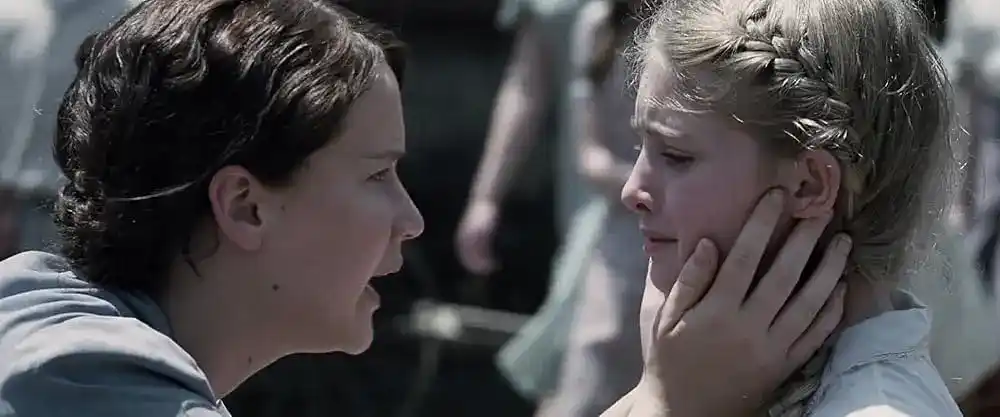
Katniss is not without her flaws; she is fiercely independent and, at times, emotionally distant. However, we know her heart is in the right place because she volunteers to go into the arena in her sister’s place, so her flaws don’t stop us from rooting for her to win.
3. Build a diverse cast of supporting characters
Complement your protagonist with a range of (also relatable) supporting characters. It’s common for YA authors to incorporate diversity to allow teens from all different backgrounds and identities to see themselves in the story.
Minority representation is increasingly valued by readers — but only when done right. It’s worse to have underdeveloped, stereotypical, or “token” minority characters than none at all. Every character, regardless of their background, should have their own motivations, goals, and backstory — their sexual orientation, ethnic identity, physical ability, etc. can (even should) affect their worldview and actions, but those mustn’t be their only defining characteristics.
Leigh Bardugo’s Six of Crows is an excellent example in seamless diversity. The six heist members all have different backgrounds and identities that help shape who they are — but they also have other quirks and personality traits. For example, gunslinger Jesper Fahey is described as “brown-skinned” and is openly bisexual, but he is also impulsive, leading him to make poor decisions. Bardugo often shows how Jesper’s impulsiveness negatively impacts his self-esteem, and the reader quickly learns to accept that he is a complex character who isn’t defined by his race or sexuality.
4. Use an intimate POV
We only know Jesper struggles with self-esteem because Bardugo uses a limited third-person POV. This intentional choice allows the reader to see the world through Jesper’s eyes and get inside his head.
Most YA authors write in first person or limited third person to foster an intimate connection between readers and the protagonist, giving us access to their most private thoughts and feelings. Such POVs are particularly well-suited to YA novels because a lot of the characters’ struggles are internal as they figure out who they are and what they want.
Some authors, like Bardugo, choose to show multiple characters’ viewpoints, telling the same story from different perspectives. One of Us Is Lying by Karen M. McManus alternates between the POVs of four high school students suspected of murder when their classmate dies during detention. The differing perspectives add tension and mystery, since we don’t know whose narrative to trust, and provide close insight into the characters, helping us decide which of them is capable of murder.

You can make the POV even more intimate by writing in the present tense, like Veronica Roth in the Divergent series. First-person POV deepens our emotional connection to narrator Tris, as we witness her raw reactions in real time. It also creates urgency and tension, removing the reassuring thought that Tris lives to tell her story.
5. Deal with real issues
Spoiler alert: the raw reactions we witness in Divergent are not in response to missing pets. In a dystopian society where everyone is divided into one of five factions, Tris, who doesn’t fit nicely into any of them, faces oppression, death, and even sexual assault.
Remember our first tip about relatability? When your characters face the same challenges your readers experience in the real world, relatability gets a major boost. YA fiction should deal with real issues that teenagers worry about: from relationships, sex, peer pressure, and the effects of social media to institutional racism and gang violence.
If you think sex and violence aren’t appropriate for a teenage audience, you might be an out-of-touch boomer (according to the youths). 13- to 18-year-olds read about real school shootings, knife crime, police brutality, sexual harassment, and more almost daily, so why should these things be taboo in fiction?
Teenagers want to read about issues that matter to them. Fiction can provide a safe space for readers to explore complex subjects and feelings. For example, the Noughts & Crosses series by Malorie Blackman is set in an alternate reality where pale-skinned “Noughts” are second-class citizens in a society ruled by darker-skinned “Crosses.” Though the story is fictional, it can trigger very real conversations about racism.
From deep-rooted societal problems to dark private thoughts, no topic is too mature for YA fiction. BUT there is a line when it comes to details: pornographic or incredibly gory scenes can call your taste level — and the age-appropriateness of your writing — into question. Instead, make your sex or violence no more explicit than necessary to drive your narrative.
In Noughts & Crosses, Blackman describes the main characters having sex for the first time. She focuses on consent, the awkward “fumbling,” and the emotional connection between the characters, all of which contribute to the plot by showing how the shared experience brings the young couple closer. Plus, these elements send teens a valuable message promoting consent and dispelling unrealistic expectations around sex.
6. Subvert existing tropes
On a lighter note, subverting expectations around plot is a useful way to keep your reader engaged, particularly when a familiar trope takes a surprise turn.
A trope is simply a fancy name for a recurring pattern in stories. YA tropes vary by genre, but some common examples are a love triangle, enemies to lovers, and the Chosen One. These are common because they’re popular. Readers like familiar tropes, and using them won’t stop teens enjoying your book — but adding a fresh twist will make your story stand out and hopefully inspire word-of-mouth recommendations.
What sort of twist can you add? You’re limited only by your imagination. How about a girl who says no to both suitors, or lovers who become enemies? What if people are mistaken about the Chosen One and it's actually their archrival who ends up saving the world?
Rainbow Rowell subverts the Chosen One trope in Carry On. Spoiler alert: It has been foretold that protagonist Simon will defeat the Insidious Humdrum, an evil force that has been draining the world of its magic. However, in an unexpected twist, it turns out that Simon himself created the Humdrum when he used an extraordinarily large amount of magic that left an echo. So ironically, if Simon hadn’t been born, there would have been no evil force to save the world from!
7. Avoid long-winded descriptions
However exciting and fresh your plot is, there’s one sure way to make it boring: pages of descriptive exposition. If we’re being real, long-winded descriptions of setting or background information are boring in any book — but you can sort of get away with them in literary fiction under the pretense that it’s a more sophisticated style of writing.
YA novels, on the other hand, tend to be quite fast-paced and go easy on the description. A useful way to avoid tedious exposition is to weave your descriptions of the setting or characters into the action, dialogue, or your protagonist’s inner monologue.
In The Maze Runner, James Dashner invents an entire dystopian world, plus an artificial microcosm within it, but he doesn’t bore us by describing the setting at length. Instead, he sprinkles the details throughout the protagonist’s thoughts and actions.
Thomas wakes up in a place called The Glade without any memory of who he is or how he got there. In this passage, he is exploring The Glade:
Next was the southeast corner, where shabbily built wooden fences held in several cows, goats, sheep, and pigs. No horses, though. That sucks, Thomas thought. Riders would definitely be faster than Runners. As he approached, he figured he must’ve dealt with animals in his life before the Glade. Their smell, their sound — they seemed very familiar to him.
Instead of a long paragraph describing the setting, Dashner shows us The Glade through Thomas’ observations. His internal monologue keeps it interesting as it helps us get to know Thomas at the same time as his environment.

8. Don’t preach or patronize
An even worse crime than boring your readers is patronizing them. Young adults are perfectly capable of understanding abstract ideas and they will (rightly) resent any implication to the contrary. Remember that teenagers choose to read YA fiction for its relatable characters and themes, but they also read adult books — if only for school. Therefore, you can write with the same level of sophistication as you would for adults.
A second thing teenagers resent is being lectured, particularly by some random stranger who doesn’t know anything about their life. You’re welcome to convey a message in your novel, but don’t harp on about it explicitly — instead, let it speak for itself.
Suzanne Collins doesn’t ever lecture us on how modern media consumption can make us scarily numb to suffering, but we all know The Hunger Games is a warning against exactly that. Besides potentially sparking resentment from readers, preaching about the dangers of media consumption — rather than showing the consequences in action — would make the novel lose its frightening impact.
9. End on a hopeful note
Dire warnings notwithstanding, a common feature of almost all YA novels is that they end on a hopeful note. They don’t have to have a happy ending, but they at least offer a glimmer of hope that the world might be a better place at the end of the novel than at the start.
Even The Fault In Our Stars, John Green’s famously sad novel about two teenagers with cancer, has an optimistic ending. Spoiler alert: Although Augustus dies, the letter he leaves Hazel has a hopeful message about how much she is loved and the importance of living life to the fullest. Hazel decides she isn’t sad she met Augustus and vows to cherish their love for the rest of her life.
The hopeful ending is a YA trope you probably don’t want to subvert. While it’s fine to handle heavy issues, you don’t want to be a complete downer. Young people are the future, but they’ll only create a better world if we leave them with the hope that it’s possible to do so.
Writing a YA novel is a tricky balancing act. You want to teach life lessons without preaching and handle heavy content in a way that still allows room for hope. If that sounds like a big ask, read successful YA books to learn from the best, and check out the rest of our blog for more writing tips.
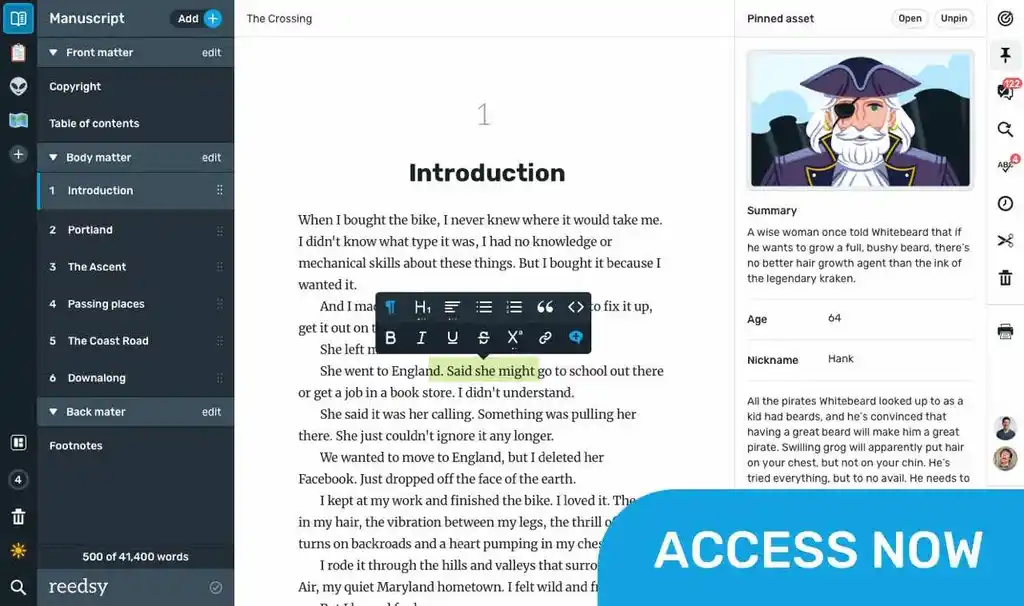

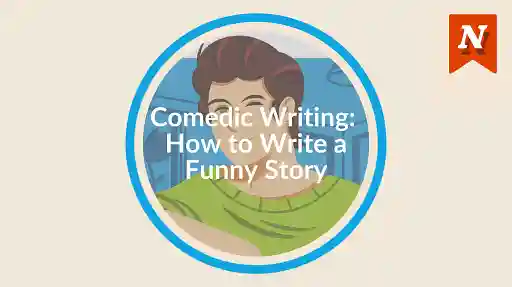


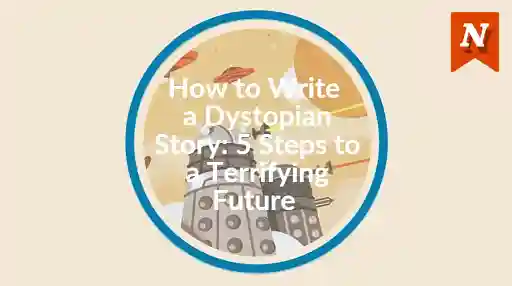
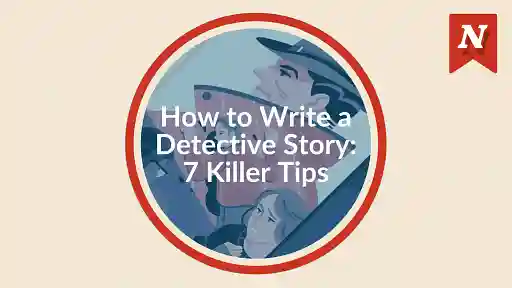
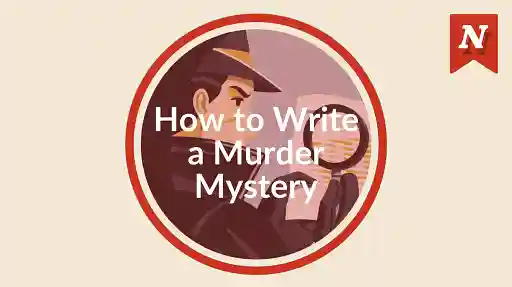



I disagree with the statement that there isn't much that's taboo in YA these days. I actually read a book marketed as YA the other day that was brimming with sex/sexual references/sensuality. I went to the comments section on Goodreads and had a difficult time finding a single positive comment. Even if the reader liked the book, they stated they could have done without the sexuality. Leave sex out of the YA books. There's enough stress and difficulty in our age bracket without encouraging this too.
Cori - Over 10 years ago
Thanks for the insight, Cori. Good point that even if writers are doing it, readers aren't necessarily loving it (i.e. it might not seem taboo from a writer's perspective but from a reader's it certainly can be). Are there any particular YA books you'd recommend?
Bridget At Now Novel - Over 10 years ago
I recommend a book by Jim West called Libellus de Numeros (The Book of Math) that my 11-year-old daughter just finished reading. The story is about Alex, a young precocious girl, who mysteriously gets transported to a strange world where Latin and Math combine in formulas and equations with magical effects. With a cruel council leading the only safe city of its kind in this world, she will have to prove her worth to stay as well as help this city as it is the target for two evil wizards who seek to destroy the city and its ruling council. To help the city and also get back home, she will need the help of the greatest mathematician of all time, Archimedes. In a world where math is magic, Alex wishes she paid more attention in math class. A Goodread 5-star review said: "The storyline inspires a hunger for knowledge and a 'can do' attitude - a strong message of empowerment for young readers. I’m sure that this book will be interesting to read for both, boys and girls, as well as adult readers. Libellus de Numeros means 'Book of Numbers' and it's a magical textbook in the story. Math and science are wonderfully incorporated into a captivating plot: Latin and math are presented as exciting tools to make 'magic' and while Latin is often used as a language of magic the addition of math is definitely a fresh approach. "The main heroine Alex is a very relatable character for young people, especially girls. I love that she has her flaws and goes through struggles all too familiar to a lot of young people. Alex is an authentic female role model - a very courageous girl, who is not afraid to stand up for herself and others and who is able to learn fast how to use knowledge to her best advantage. "She can definitely do everything that boys can and I find this to be a very powerful message that is needed in our modern society. Furthermore, it was a pleasure to read through the pages of a well-formatted eBook. Highly recommended!"
Tamara Laurel - Over 10 years ago
Thanks so much for the recommendation, Tamara. Sounds like a fantastic premise and also a great idea for instilling a love for mathematics in this age group. Will definitely look the book up.
Bridget At Now Novel - Over 10 years ago
I'm always thankful when someone clarifies that YA is a marketing category, and not really a fiction genre. I go crazy when someone just says "I like YA novels". What, mystery? Urban fantasy? No, don't tell me, you're talking dystopian or paranormal romance, aren't you?!
Bibliobibuli - Over 10 years ago
It's true. Although I suppose what people might identify as genre characteristics are more stylistic - i.e. age-appropriate style and so forth. There are so many different terms and categories to keep track of.
Bridget At Now Novel - Over 10 years ago
I never really thought about YA being anything but a genre, but after reading that, everything seemed to click.
Beks - Over 10 years ago
I'm guilty of saying I like YA novels, but only to give a general idea of the type of books I'm interested in. I view YA as a category, just as children's books is a category.
Liz - About 10 years ago